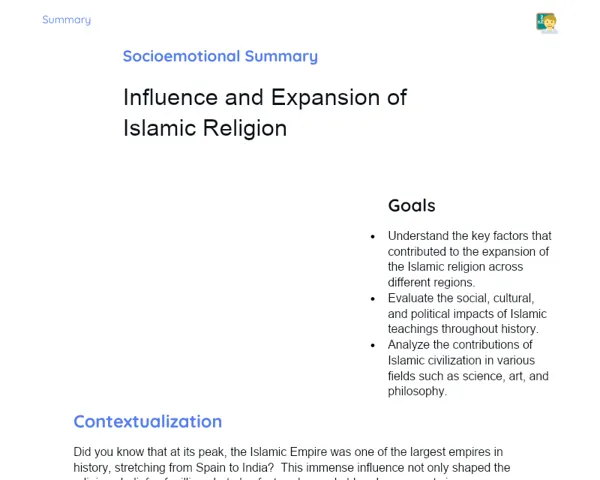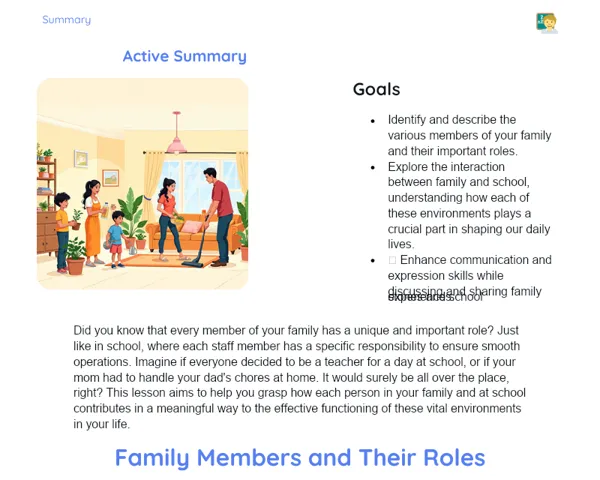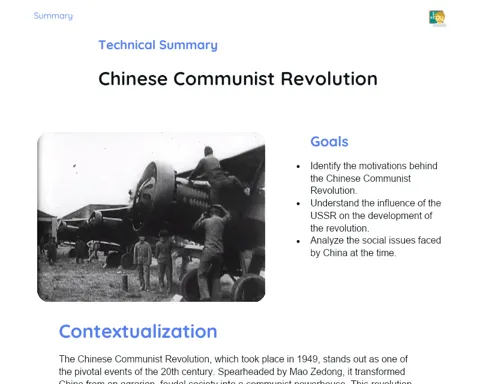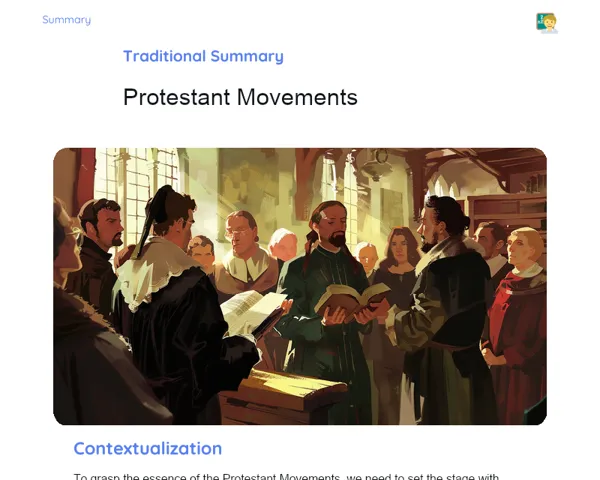Goals
1. Understand the origins of the first civilizations and their contributions to the formation of social structures.
2. Identify and analyze the major technological and cultural advancements of Mesopotamia, such as cuneiform writing and irrigation.
3. Recognize the importance of laws and political and religious organization in the consolidation of Mesopotamian city-states.
Contextualization
Mesopotamia, often referred to as the cradle of civilization, was the birthplace of the first cities, marking a remarkable period of innovation that influenced human history. Located between the Tigris and Euphrates rivers, the Sumerians, Akkadians, Babylonians, and Assyrians pioneered writing, established codified laws, and devised irrigation systems that significantly boosted agricultural productivity. These developments not only guaranteed the survival of these societies but laid the groundwork for the social, political, and economic frameworks that we recognize today. For instance, cuneiform writing allowed for the recording of business transactions and significant historical events, while sophisticated irrigation systems greatly enhanced agricultural yields, crucial for the prosperity of city-states.
Subject Relevance
To Remember!
Origins of the First Mesopotamian Cities
The first Mesopotamian cities came into existence between the Tigris and Euphrates rivers, in an area known as the Fertile Crescent. Civilizations like the Sumerians, Akkadians, Babylonians, and Assyrians flourished here, tapping into abundant water resources and rich soil to foster agriculture, trade, and urban living. These city-states were autonomous, each governed independently and protected by their own deities.
-
The prime location between rivers facilitated agricultural growth.
-
City-states functioned independently with unique governing systems.
-
Initiation of urban planning and structured city living.
Development of Cuneiform Writing
Cuneiform writing stands as one of humanity's earliest writing systems. Originating with the Sumerians, it featured wedge-shaped symbols etched onto clay tablets. Initially employed for keeping track of business and administrative dealings, this form of writing later expanded to encompass historical, literary, and legal texts, playing a crucial role in preserving knowledge and managing city-states.
-
One of the earliest writing systems developed by humankind.
-
Initially focused on administrative and commercial recordings.
-
Progressed to account for historical, literary, and legal documents.
Code of Hammurabi
The Code of Hammurabi is one of the oldest documented legal codes, established by the Babylonian king Hammurabi. Comprising 282 laws, it addressed various spheres of social life including commerce, family, labor, and criminal law. This code is noteworthy as one of the first organized attempts to formally codify laws, aiming to maintain justice and order within Mesopotamian society.
-
Recognized as one of the oldest written legal frameworks.
-
Encompassed numerous facets of social life.
-
Served to establish order and justice in Mesopotamian culture.
Practical Applications
-
Cuneiform writing is crucial for understanding the progression of information systems and documentation, impacting fields like library and information science.
-
Mesopotamian irrigation techniques are forerunners to contemporary water resource management strategies, vital for agricultural and urban water supply.
-
The Code of Hammurabi has significantly influenced modern legal systems, serving as a foundational reference for establishing legal practices.
Key Terms
-
Mesopotamia: Historical area located between the Tigris and Euphrates rivers where early civilizations emerged.
-
Cuneiform: A writing style developed by the Sumerians, recognizable by its wedge-shaped engravings on clay tablets.
-
Code of Hammurabi: A collection of laws formulated by the Babylonian king Hammurabi, one of the earliest written legal codes.
Questions for Reflections
-
How did Mesopotamia's technological and social innovations shape modern social and economic frameworks?
-
In what ways did the establishment of laws and cuneiform writing transform social interactions and organization within Mesopotamia?
-
Which elements of Mesopotamian civilization can we still find in modern society?
Creating an Irrigation System
Build a working model of an irrigation system inspired by designs used in Mesopotamia.
Instructions
-
Form groups of 4-5 students.
-
Utilize materials like sand, clay, plastic tubes, and containers to create your model.
-
Sketch a design detailing how water will circulate from the reservoir to the crops.
-
Construct the irrigation system according to your design.
-
Test the system to confirm that water efficiently reaches the crops.
-
Present your model to the class, discussing the construction process and any hurdles you overcame.



